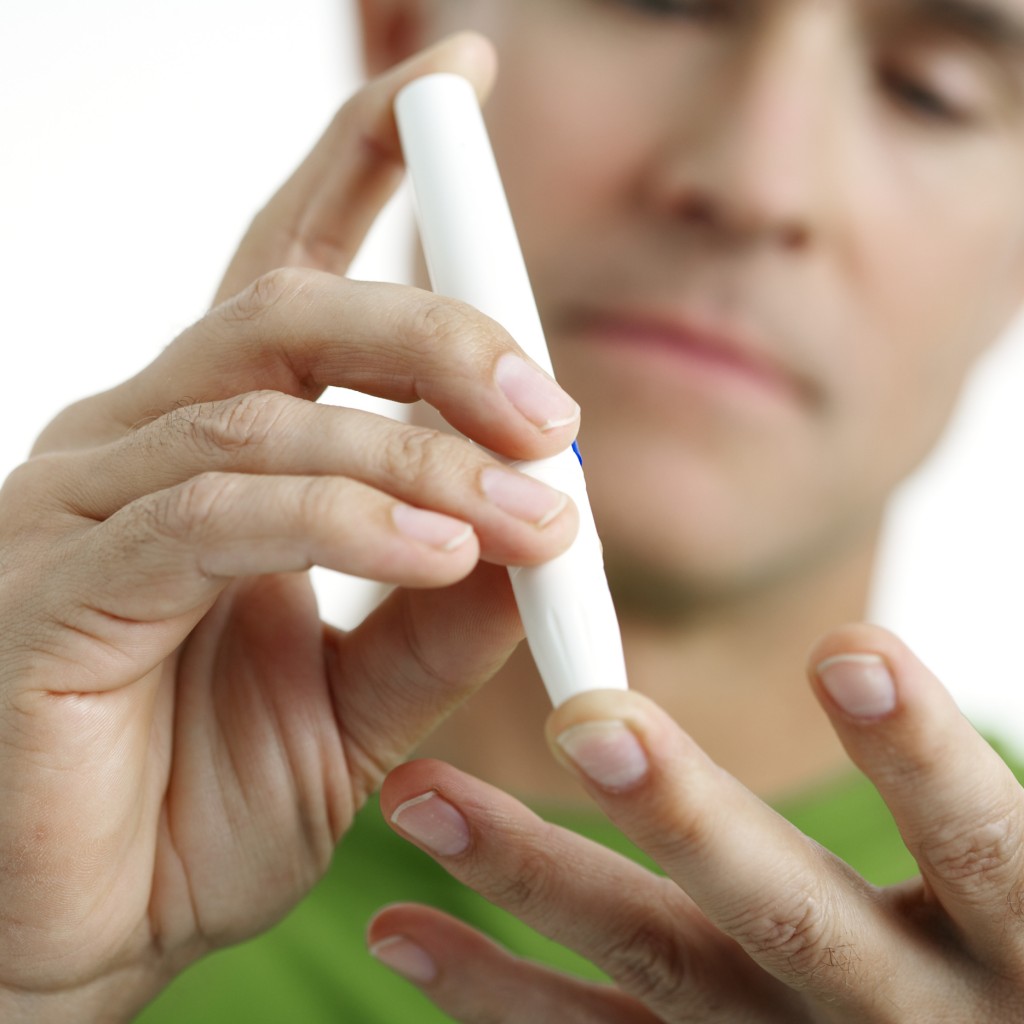
November is American Diabetes Month, a time when the American Diabetes Association focuses on communicating the seriousness of the disease and the importance of diabetes prevention and management. Let’s take a look at what diabetes is, what kind of impact it’s having on Americans, and what steps you can take to prevent and/or manage the disease.
-
What is diabetes?
- The American Diabetes Association defines diabetes as “a group of diseases characterized by high blood glucose levels that result from defects in the body’s ability to produce and/or use insulin.”
- The American Diabetes Association lists many things as possible symptoms of diabetes, including frequent urination, unusual thirst, blurred vision, and more. But some diabetics have no symptoms. Also, it’s important to note that many other ailments have some of the same symptoms as diabetes. If you suspect you may have diabetes, talk to your doctor, who can evaluate your symptoms and determine if you should be tested for diabetes and/or any other conditions.
-
Who has diabetes?
- Currently, 25.8 million adults and children in the United States have diabetes–that’s 8.3% of the population.
- In 2010, there were 1.9 million new cases of diabetes diagnosed in people age 20 and over.
- The American Diabetes Association estimates that the total national cost of diagnosed cases of diabetes in the United States is $174 billion.
- Since 2 out of 3 people with diabetes die from stroke or heart attack, diabetes is the leading cause of blindness in adults, and also the leading cause of kidney failure, it is crucial that non-diabetics engage in proper preventative measures and that diabetics effectively manage their disease. The American Diabetes Association believes that another 57 million Americans are at risk–and that, if current trends continue, one out of every three children will face a future with diabetes.
-
How can a diabetic person manage the disease–and how can a non-diabetic prevent diabetes?
- Don’t use tobacco products. If you already smoke or use other tobacco products, check into whether your workplace has a tobacco cessation program you can participate in.
- Reach and maintain a healthy weight.
- Be physically active–don’t be sedentary. Talk to your doctor about what kind of exercise is safe for you to do.
- If you have diabetes, look into getting a flu shot and a pneumonia shot (diabetics are more likely to die from pneumonia or influenza than non-diabetics), but first confirm with your doctor that it’s OK for you to do so. Also, talk to your doctor about how to maintain your blood glucose, blood pressure, and cholesterol.
- Diabetic or not, you should make sure that you have a primary care physician.
-
How can you get involved in efforts to stop diabetes?
- Take the American Diabetes Month pledge on Facebook to raise your hand to help stop diabetes.
- Attend an American Diabetes Month event (click here to find events local to you).
- Visit your YMCA. The CDC and YMCA have partnered up to fight diabetes–as part of the National Diabetes Prevention Program, they’re offering classes that encourage healthy lifestyle choices like physical activity and moderate weight loss. there are currently classes being offered at 178 YMCA locations nationwide.
- Get more information about diabetes by calling 1-800-DIABETES or by visiting StopDiabetes.com.